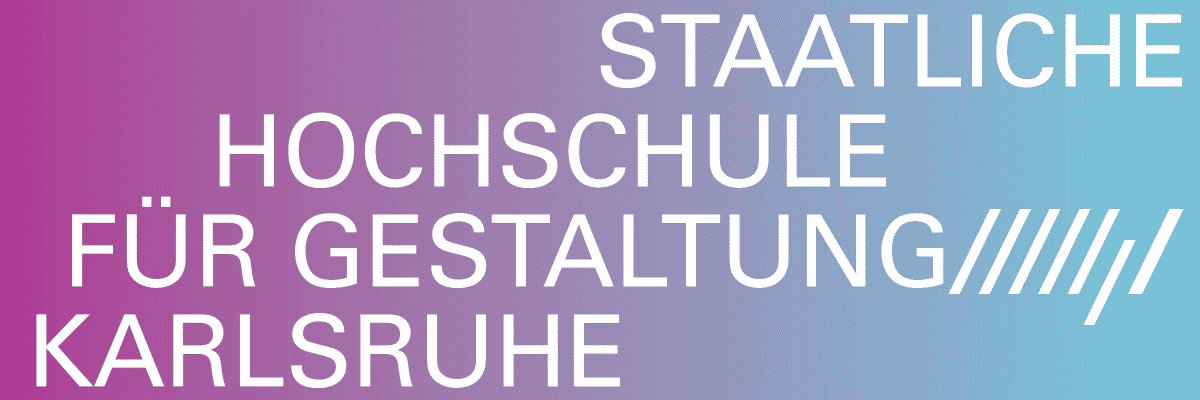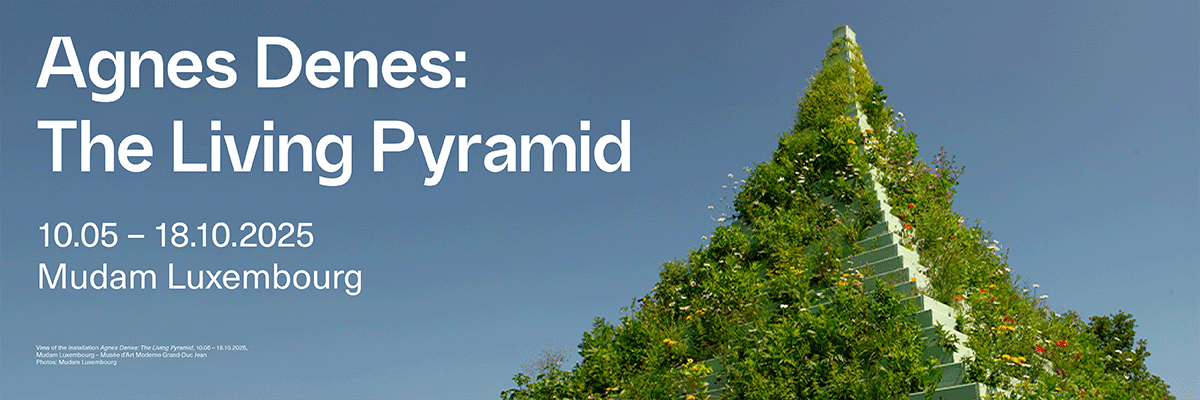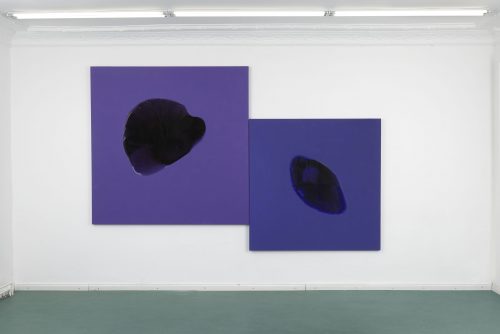
Corsin Billeter, Leon Pozniakow
Talking to Ourselves and Other Faggots
Project Info
- 💙 Trafalgar Avenue
- 🖤 Corsin Billeter, Leon Pozniakow
- 💜 Will Ballantyne-Reid
- 💛 Elliott Mickleburgh
Share on

Advertisement









never break the chain: for Corsin, Leon, and queer togetherness
Chain keep us together (running in the shadow) Chain keep us together (running in the shadow) Chain keep us together (running in the shadow) Chain keep us together (running in the shadow) Chain keep us together (running in the shadow) Chain keep us together (running in the shadow)
In many of these ‘queer fairy tales’ romance gives way to friendship, individuation gives way to collectivity, and ‘successful’ heterosexual coupling is upended, displaced, and challenged by queer contact.
I first meet Corsin and Leon together at the studio building they both work from in Bow. It’s a place that feels ‘queer’ in itself – set apart, obscured, communal, and not without a hint of slipping through the looking-glass. To reach it, you start walking from the tube station along a patch of pavement that slopes downhill along a super-highway. Veering sideways and seemingly beneath the underpass, you cross an industrial estate past workshops, auto-shops, abandoned factories, a judo gym. Keep walking and turn left at an old men’s cafe seemingly dropped from a Tim Walker shoot, ramshackle yet embellished with portraits of elderly statesmen, boxers, and beauty queens. If I recall correctly, it also had clocks set across four different timezones. It’s amidst this landscape – somewhere between Victoria Park and the edge of the world – that the artists have sat opposite each other twice a week for over a year, and forged together over twenty metres of gold-plated chain. When we sit together, they produce a copy of Larry Mitchell’s canonical queer text The Faggots & Their Friends Between Revolutions, first published in 1977, with its decree that “even weak links are links in the chain”.
The book is part-fantasy and part-manifesto, modelling a communality that is reflected in Corsin and Leon’s collaborative mode – in the shared power of two queers coming together to mark time through making. The setting of Mitchell’s fable is that of Ramrod, “an empire in decline”, against which we encounter “the communities of the faggots, the women, the queens, the queer men, and the women who love women who are surviving the ways and world of men.” As we teeter (yet again) on the brink of both governmental and economic collapse in Britain, and attempt to equip ourselves against the very real implications of capitalist greed upon already vulnerable communities, the revolutionary spirit of this book from the early gay lib is as potent – and as biting – as ever. Yet its rallying cry is one of queer liberation and joy, celebrating the ways in which we enjoy each other; the puckish bliss that still underpins queer spaces and freedoms. Dancing, music, moonlit cruising, looking out for each other (and each other’s looks), smoking area gossip. The faeries potions swapped for the faggots poppers and pop music.
In some ways, the genesis for this exhibition was a letter received by Corsin as part of a correspondence project involving Jesse Darling. Leon describes the pair reading it in the wake of the pandemic, whilst “sat out in the back [of the studio], in this derelict, smashed- up car-world of bricks, both maybe feeling a bit outside of the thrust that’s happening.” And yet the letter – that personal tenderness, an invitation to dialogue – “served as a reminder of what our values are [..] values we share.” For Corsin, it was a way-finder back to a time “when you started making art, and you didn't think about, you know, career, or kind of like success, or how you fit in [..] you're just really enjoying having this medium to communicate.” At the soldering table, face-to-face and at work on the chain, this communication was key. The repetitive action of the work creating space for conversation and, of course, gossip. In his book Deep Gossip, queer literature scholar Henry Abelove links this kind of illicit communication specifically to queerness, perceiving how it functions as “an indispensable resource for those who are in any sense or measure disempowered [..] it circulates in subterranean ways and touches on matters hard to grasp and of crucial concern.” In approaching the chain as a cord – a telephone cable between crackling (and cackling) receivers, the string between two childhood cups held to curious ears – we may perceive it as the literalisation of this dialogue between the artists. Two queers setting the world to rights in the face of societal collapse. Big mood.
José Esteban Muñoz wrote that “instead of being clearly available as visible evidence, queerness has instead existed as innuendo, gossip, fleeting moments, and performances that are meant to be interacted with by those within its epistemological sphere—while evaporating at the touch of those who would eliminate queer possibility.” In the other bodies of work in this show, this play of perceptibility is central. Like the echoes of past conversations silently encoded into the collaborative chain, Leon’s series ‘The Reliquaries of Aquarius’ act as portals onto hushed encounters. ’BOSS’ tattooed onto a male bicep connected to a pearl-wearing neck (it’s Rocky Horror’s Frank-N-Furter.) A shirt opening onto a hair-covered chest. Veiny forearms crossed above the crotch of a Dutch baker currently seated in the National Gallery. Buttons straining. Buttons released. The works are rendered pink, at once fleshy and camp and somehow blushing. A chainmail jockstrap is cast to the floor. A lover’s trace left behind, like the imagined evidence of an encounter. In his triptych ‘The Candy Boys in the Garden of the Ogre’, the opalescence of the works seems to flirt with the viewer; revealing and concealing the intimacies carved into their surfaces.
In Corsin’s works, there is a similar material play that occurs. In his digital paintings – rendered in vitreous enamel on steel, silver, and copper – seemingly ‘mundane’ scenes are charged with emotional resonance. Sunday morning coffee cups, a favourite perfume, a treasured dining set, striped bedsheets – all of these things conjuring the glow of a domestic intimacy, viewed through evening light or backwards through a window pane, or recalled from the privacy of an iPhone camera roll. That moment you seek to briefly capture as you’re washing up because it occurs to you it has a significance we’ve spent millennia not really having words for. That it says something, in some way, in the privacy of your own heart. Pressed flowers speak to secret meanings – more queer coding – and coiled silver wire incorporates intimate transmissions of, perhaps, lovers tattoos or secreted wordplay.
In ‘Friendship as a Way of Life’, published in 1981, Michel Foucault reflected on his own queer relationships “not necessarily in the form of a couple but as a matter of existence: how is it possible for men to be together? To live together, to share their time, their meals, their room, their leisure, their grief, their knowledge, their confidences? What is it to be
“naked” among men, outside of institutional relations, family, profession, and obligatory camaraderie?” In Talking To Ourselves And Other Faggots, Corsin and Leon not only take up this question but unpick it – conjuring the myriad ways in which this ‘nakedness’ might manifest both physically and emotionally across a spectrum of queer intimacies. As throughout the exhibition, it’s somehow about tenderness. About care, sharing, treasuring, time. About being together.
Will Ballantyne-Reid




